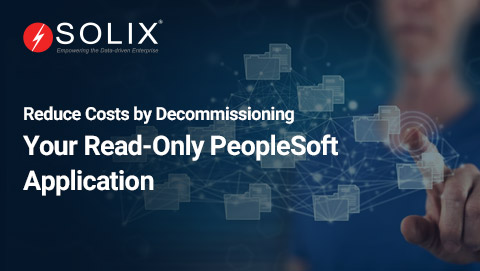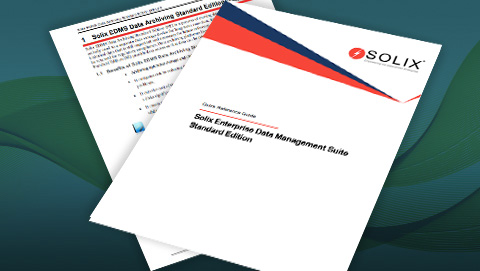Data Classification
What is Data Classification?
Data classification refers to the process of organizing data into predefined categories based on its sensitivity, importance, and other relevant criteria. It’s a fundamental aspect of data security, enabling organizations to manage, protect, and utilize their data assets effectively.
Why is Data Classification Important?
Data classification offers several benefits:
- Enhanced Security
By classifying data, organizations can prioritize resources and implement security measures tailored to the specific needs of each data category. Sensitive data, for instance, would require stricter controls compared to publicly accessible information.
- Improved Compliance
Data classification helps organizations comply with various data privacy regulations like GDPR (General Data Protection Regulation) and HIPAA (Health Insurance Portability and Accountability Act). By understanding what data they possess and its classification, organizations can implement appropriate data governance practices.
- Efficient Data Management
Classification simplifies data discovery and retrieval. By knowing how data is categorized, organizations can locate specific information faster and streamline data management processes.
- Reduced Risk
Data classification helps identify and mitigate potential security risks associated with sensitive data. It allows organizations to take necessary precautions to prevent unauthorized access, data breaches, and other security incidents.
Types of Data Classification
Common data classification schemes include:
- Public
Freely available information that can be shared without restrictions.
- Internal Use
Data intended for internal organizational purposes only.
- Restricted
Confidential information that requires controlled access and limited sharing.
- Confidential
Highly sensitive data subject to the strictest security measures. This typically includes personally identifiable information (PII), intellectual property, and financial data.
Data Classification Process
The data classification process typically involves:
- Data Identification
Cataloging all data assets within an organization.
- Data Sensitivity Assessment
Evaluating the sensitivity of each data asset based on its content, regulatory requirements, and potential impact of a breach.
- Classification Scheme Development
Establishing a standardized classification system with clear definitions for each category.
- Data Labeling
Assigning appropriate classification labels to all data assets.
- Security Policy Implementation
Developing and enforcing security policies that align with the assigned data classifications.
By implementing a robust data classification system, organizations can ensure their valuable data assets’ effective use, protection, and governance.
FAQs
What types of data should be classified?
All data within an organization should ideally be classified. However, particular focus should be placed on sensitive data categories such as:
- Personally identifiable information (PII) like social security numbers, addresses, and medical records
- Financial data including credit card details and bank account information
- Intellectual property like trade secrets, patents, and copyrighted material
Who is responsible for data classification?
Data classification is a shared responsibility. Ideally, a combination of data owners (those who create or manage the data), information security teams, and subject matter experts should collaborate on the classification process.
How often should data be classified?
Data classification should be an ongoing process. New data assets are constantly created, and existing data may change sensitivity over time. Regularly review and reclassify data as needed.
What happens if data is misclassified?
Misclassified data can pose security risks. Organizations should implement procedures for identifying and correcting any data classification errors. This may involve data audits and user training programs.





